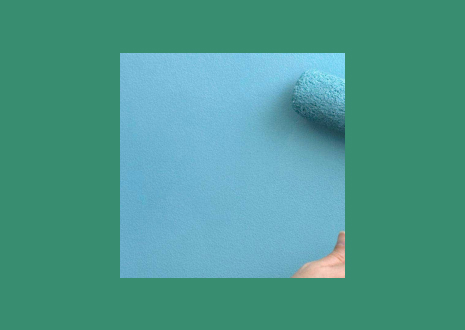Glossary
Hiding power
Hiding power is a term that is used to describe paints ability to hide or cover a surface.
When used in reference to paint it describes how well it can obscure the surfaces original colour. Hiding power can also be referred to as Opacity or simply abbreviated into HP.
The level of hiding power paint has is affected by two main factors. Firstly hiding power is affected by the number of pigments used in the paint. Paint with more pigments that are properly dispersed (i.e. properly stirred) has better hiding power.
Secondly, hiding power is affected by its application. If over brushed and spread too thin or inadequate coats are applied paints can lose hiding power.
The easiest way to test paints hiding power, before applying it, is to use a hiding power chart. These are coloured cards that are sometimes patented which you apple the paint. Depending on how well it obscures the colour or Patten indicates its hiding power.
Gloss paint definition
Gloss paint is a term that describes any paints that when dry reflects some amount of light. Gloss paints can come in a wide range of variety in the amount of light that is reflected from matte (that has little reflection) to high gloss (which is very reflective) and varying levels between each, which are […]

Sheen is a term that is used to describe paints that have a lower level of gloss, therefore a lower amount of light that can be reflected It is typically used as a descriptor when discussing paints that are categorised as satin, silk or eggshell along with others that have lower reflective properties to semi-gloss. […]
Obtain Free,
No-Obligation Quotation